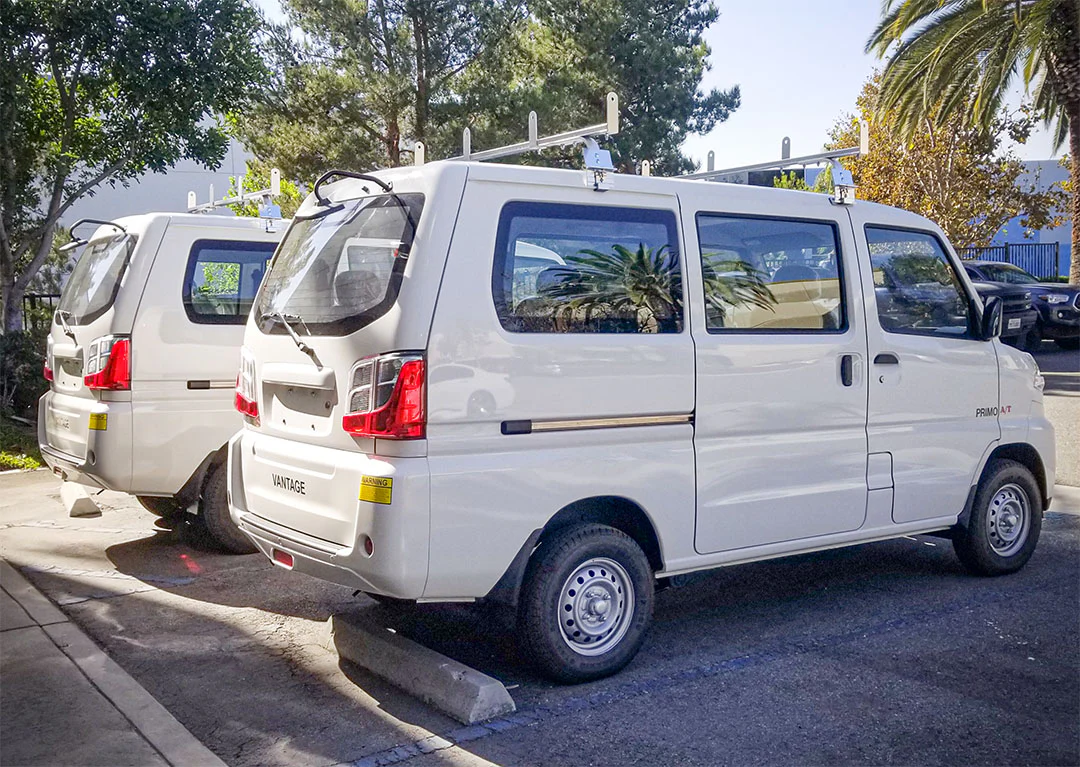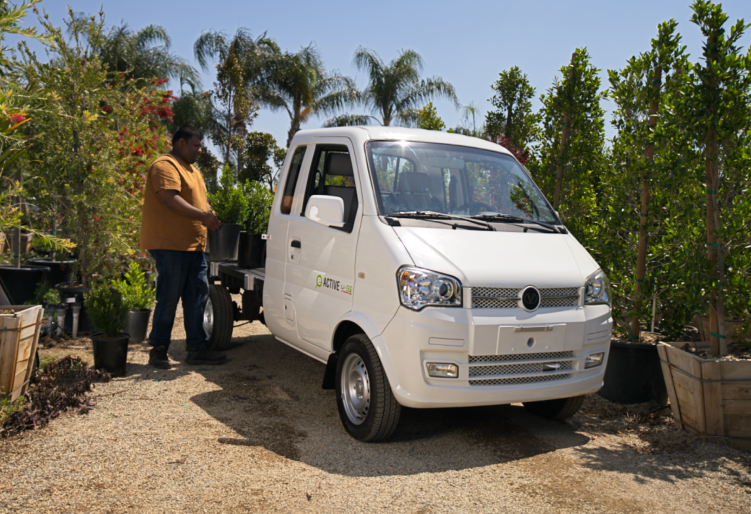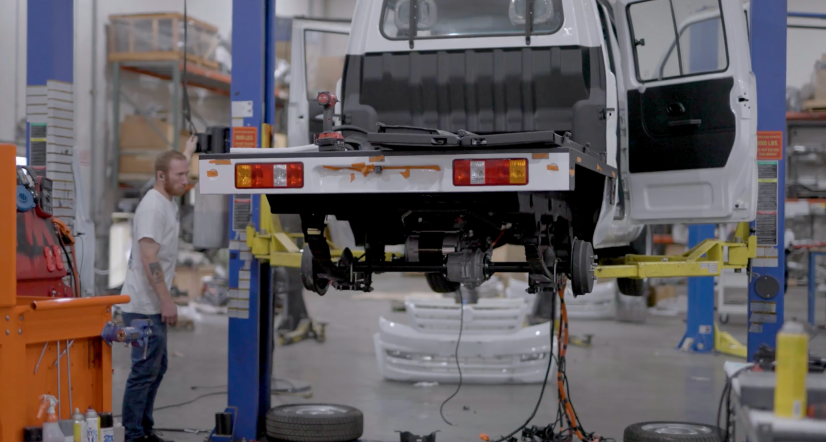Common Mistakes in Utility Vehicle Fleet Planning (and How to Avoid Them)

An efficient utility vehicle fleet can dramatically improve operational efficiency, reduce costs, and enhance workplace safety. However, poor vehicle fleet planning can quickly turn those benefits into challenges, leading to unexpected downtime and other serious hassles. Avoiding common mistakes is critical to long-term success for fleet operators, even if they’re only responsible for a handful of vehicles.
This guide will walk you through the most frequent pitfalls in fleet utility vehicle planning—and, more importantly, show you how to avoid them.
Mistake 1: Choosing the Wrong Type of Vehicle
Selecting the right vehicles is the cornerstone of smart vehicle fleet management. One of the most common mistakes businesses make is purchasing utility vehicles that do not support their specific operational needs. For example, an electric utility vehicle might be ideal for facilities with short-range transportation requirements and on-site charging, while a gas-powered model may be better suited for rugged, long-distance demands.
Failing to consider factors like terrain adaptability, load capacity, and operational range often results in underutilized assets or vehicles that struggle to meet daily demands. Before adding vehicles to your fleet, be sure to conduct a thorough needs analysis.
Mistake 2: Ignoring Total Cost of Ownership (TCO)

When acquiring new fleet utility vehicles, it’s tempting to focus on sticker prices alone. However, upfront cost is only part of the equation. Smart vehicle fleet planning requires evaluating the total cost of ownership (TCO) over the lifespan of the vehicle, which includes:
- Maintenance expenses
- Fuel costs (or energy costs)
- Insurance
- Depreciation
- Resale or disposal value
For instance, while an electric utility vehicle may have a slightly higher initial cost than its gas-powered counterpart, the savings on fuel and lower maintenance needs often result in significant long-term savings. Building TCO analysis into your vehicle fleet management plan ensures that your procurement decisions are based on real, sustainable value—not just short-term savings.
Mistake 3: Overcomplicating the Fleet with Multiple Vendors
Managing a diverse fleet made up of different brands and models may seem like a way to “pick the best of each,” but it often leads to unnecessary complexity. Multiple vendors mean different maintenance schedules, incompatible parts, varied training requirements, and inconsistent safety compliance protocols.
Moreover, coordinating warranty claims and sourcing replacement parts becomes a logistical nightmare. A fragmented fleet ultimately drives up costs and increases downtime.
Instead, you should work with a single trusted vendor who can supply a full range of vehicles suitable for your business needs. This tends to simplify everything—support, driver training, inventory management, and operational processes. Vantage Vehicle, for example, offers a range of electric and gas-powered low-speed vehicles (LSVs) suitable for a wide range of industries, so there’s no need to seek out a secondary vendor.
Mistake 4: Underestimating Preventive Maintenance Needs

Even the best fleet of vehicles will deteriorate without consistent preventive maintenance. A surprising number of businesses fall into the trap of reactive fleet maintenance—that is, only servicing vehicles when something goes wrong. This reactive approach frequently leads to costly breakdowns, extended downtime, and shortened vehicle lifespans.
A solid fleet management strategy requires a proactive maintenance schedule. Regular inspections must be performed to catch problems in their early stages when they are easier to fix. Implement a digital fleet management system to track preventive maintenance schedules automatically and send alerts when service is due.
Mistake 5: Neglecting Telematics and Data Monitoring
Many businesses miss out on the full potential of fleet utility vehicles by failing to use telematics technology. Without a real-time tracking system, it’s harder to accurately monitor factors such as vehicle usage patterns, fuel consumption, driver behavior, and worsening mechanical issues.
Modern telematics systems provide invaluable insights that help fleet managers:
- Optimize routes and reduce energy use
- Identify unsafe driving habits
- Plan maintenance before major failures occur
- Improve operational transparency
Leveraging analytics in your operations enables you to make smart data-driven decisions—giving you greater control over every asset in your utility vehicle fleet.
Mistake 6: Poor Route and Usage Planning

Inefficient routing wastes valuable time, energy, and labor. Assigning the wrong vehicle to the wrong task (for example, using a heavy-duty truck for light transport runs) further drains resources.
Smart route planning and vehicle assignments are essential. Tools like fleet management software can map out the shortest, safest, and most energy-efficient routes. Assign vehicles based on their capabilities, and avoid overworking your fleet. A well-optimized route can increase daily productivity without the need for new vehicles or extra labor.
Mistake 7: Failing to Address Sustainability and Compliance Goals
Sustainability initiatives are no longer optional in many industries. Increasingly, businesses are expected to factor environmental impact into their vehicle usage.
Integrating electric utility vehicles into your fleet helps you meet these critical sustainability targets while reducing long-term operating costs. Vantage offers a full line of low-speed electric vehicles that produce zero emissions and are engineered to meet many local and federal compliance standards. These vehicles can also help companies take advantage of potential government incentives or grants tied to eco-friendly operations.
For companies that prefer gas-powered vehicles, we offer a variety of models with EPA-approved engines designed for compliance with current environmental regulations.
By choosing our sustainable LSVs, businesses can stay ahead of environmental regulations and show a strong commitment to green practices.
Mistake 8: Insufficient Planning for Charging Infrastructure

Switching to low-speed electric vehicles can be a cost-effective move, but it's important to plan ahead for charging needs. Many businesses purchase electric fleets without first ensuring they have enough power access, charging stations, or infrastructure upgrades.
Vantage makes this transition easier by designing our electric LSVs to be compatible with standard 20-amp dedicated circuits, eliminating the need for complex infrastructure projects. Optional J1772 inputs allow for 240v Level 2 charging. By selecting Vantage’s electric utility vehicles, you can simplify charging station installation and ensure operational readiness without massive capital investments.
Best Practices for Successful Fleet Planning
An effective fleet management strategy means more than just buying vehicles. It requires:
- Conducting a full operational needs analysis
- Choosing standardized vehicles from a single vendor
- Emphasizing preventive vehicle maintenance
- Implementing telematics and data analytics
- Planning for future growth, sustainability, and infrastructure needs
By following these steps, businesses can avoid costly mistakes and maximize the value of their fleet utility vehicles.
Why Choose Vantage Vehicle for Your Fleet Needs

At Vantage, we understand what a utility vehicle should deliver: durability, efficiency, and smart customization. Our lineup includes both gas and electric low-speed vehicles, allowing fleet managers to choose the best fit for their operations.
Vantage vehicles are built to high safety standards and come equipped with features like fully enclosed cabs, extended battery life, durable unibody construction, and a wide range of available customizations—from ambulance kits to tipper dumps to security lighting packages.
Working with a single trusted vendor like Vantage simplifies your vehicle fleet management plan, reduces chaos, and ensures full-service support from purchase to operation. When you partner with us, you gain a comprehensive utility fleet management solution.





